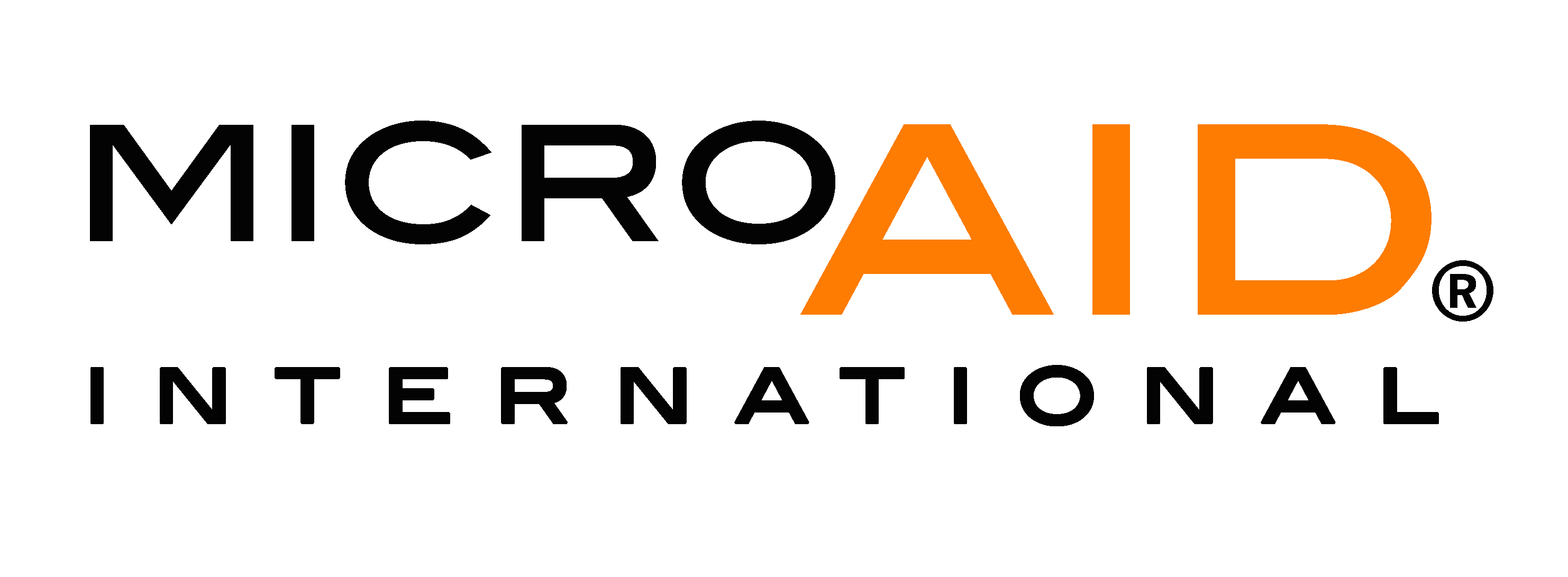
FOLLOW UP
Six to eighteen months after a project is completed, a MicroAid representative visits those who have received assistance to verify the continued and appropriate use of the resources, and to assess the individual’s or family’s progress. Reports are then posted on the MicroAid website for review by supporters and donors.
When evaluating the effectiveness of our projects, MicroAid goes back to the initial problems identified by the family or community. Have they returned to baseline and been able to move forward in their lives beyond the disaster?
Even though MicroAid is a disaster recovery organization—we do not do economic, social, or political development—we can still evaluate some of the "development" impact our work has on the beneficiaries.
In addition to running more projects, our in-country project managers are able to survey the families and communities we assist to identify how our work increased their health outcomes, the longer-term educational achievement of their children, and their financial and emotional well-being.
Moving forward, we can also study how many local jobs we have created, check in with the local people we trained in high-quality construction, and see how our projects positively affected the community in general.



